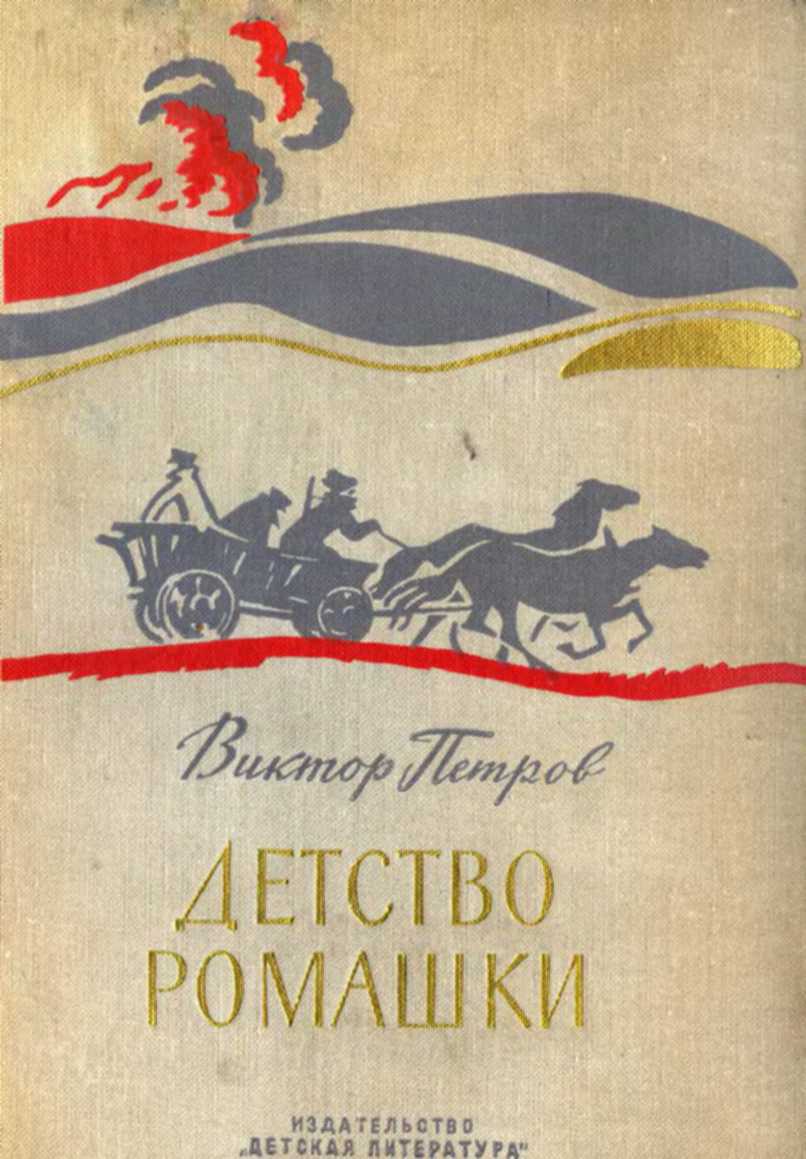the Los Angeles area, which has outrun the expansion plans of even the largest chains, offers a surfeit of business opportunity for stores of all sizes” (287). Stewart was joined in the dissent by John Marshall Harlan II. Both had been appointed by Eisenhower.
180. Bison (1966, p. 231).
181. Peterman (1975).
182. Brown Shoe Co., Inc. v. United States, 370 U.S. 294 (1962), at 344.
183. Murray and Schwartz (2019, p. 91).
184. Markham (1957, p. 884).
185. Because the case was filed before the passage of the Celler-Kefauver amendments, this
would mean the “old” Section 7, which had never been successfully used against a vertical merger let alone an ancient ex post merger. The new Section 7, by contrast, was explicit that it covered vertical mergers. Section 7 was merely incidental to the government’s case, but it would be the focus of the Supreme Court’s decision.
186. United States v. E. I. du Pont de Nemours & Co., 353 U.S. 586 (1957). One seat on the Su- preme Court was vacant during deliberations and two justices recused themselves, Tom Clark because he had been the Attorney General when the suit was filed and Harlan because he had once represented Du Pont. Harold Hitz Burton and Felix Frankfurter were in dissent. The one- time dean of Brandeisian trustbusting had evolved into a stickler for precedent and judicial restraint.
187. Dewey (1974, p. 13).
188. Freeland (2001, pp. 100–26); Kuhn (1986, pp. 134–35).
Notes to Chapter 8 635
189. Drucker (1946, p. 65).
190. Freeland (2001, p. 136).
191. Drucker (1946, p. 82).
192. Freeland (2001, pp. 174–222).
193. Wilson himself would resign in 1953 to become Eisenhower’s defense secretary. It is he
who was famously misquoted as having said, at his confirmation hearings, that “what’s good for General Motors is good for the country.” (He actually said more or less the opposite—what’s good for the country is good for General Motors.) Charles Erwin Wilson (Engine Charlie) is not to be confused with Charles Edward Wilson (Electric Charlie), the president of General Electric, who served on the WPB and was head of Truman’s Office of Defense Mobilization during the Korean War.
194. Sloan (1964, p. 374). In the postwar period, GM would unload essentially all of the subsidiaries in which it had minority holdings, including Bendix (23 percent), Greyhound (3 percent), Kinetic Chemicals (49 percent), and the Ethyl Corporation (which it had co- founded with Du Pont). The company also sold Hertz car rental, which had been a wholly owned subsidiary (L. J. White 1971, p 89). The other carmakers also reduced their unrelated diversification in this period.
195. Freeland (2001, p. 217).
196. Freeland (2001, p. 225). Owners did attempt to assert control again after the district court found in GM’s favor, but the uprising was quickly quashed by the Supreme Court ruling.
197. Kuhn (1986, p. 341).
198. Cray (1980, pp. 444–47).
199. Freeland (2001, p. 278).
200. Cray (1980, p. 448).
201. Lichtenstein (1982, pp. 133–35).
202. Vatter (1963, p. 231).
203. Lichtenstein (1997, pp. 232–80).
204. Drucker (1978, p. 275). According to Drucker, Wilson—who had grown up a socialist
and had campaigned for Eugene V. Debs as a young man—had long wanted to implement the ideas of the 1950 agreement, but he felt it necessary to wait until those concessions became union demands before appearing reluctantly to concede.
205. Bell (1950).
206. Zetka (1995, p. 113).
207. Katz (1977, p. 263).
208. L. J. White (1971, pp. 79, 83).
209. Alexander (1961).
210. Helper (1991).
211. Murray and Schwartz (2019).
212. Nevins and Hill (1962, pp. 228–72, 294–345).
213. Halberstam (1986, p. 99).
214. US Civilian Production Administration (1947, p. 482). 215. Drucker (1978, p. 267).
216. Drucker (1978, p. 292).
636 Notes to Chapter 8
217. Nevins and Hill (1962, p. 323).
218. Halberstam (1986, pp. 201–3).
219. Hounshell (1995, 1999).
220. 1955 Ford Motor Company Annual Report, p. 13.
221. 1956 Ford Motor Company Annual Report, pp. 5 and 12. 222. 1957 Ford Motor Company Annual Report, p. 9.
223. Hyde (2003).
224. L. J. White (1971, Table A.2).
225. Jefferys (1986, p. 128).
226. Hyde (2003, p. 165). Founder Walter Briggs had died in 1952, and his family sold the
company in order to pay the estate taxes.
227. L. J. White (1971, Table A.2).
228. Timothy Bresnahan (1987) argues that the surge in output, which he shows was driven
by the low end of the market, was caused by a one-year collapse of a system of tacit collusion among the manufacturers. But he can’t explain why carmakers chose that year suddenly to compete. This was indeed the period during which the manufacturers were tussling with their dealers and “forcing” quotas upon them before the passage of the Dealer’s Day in Court Act in 1956 (Cray 1980, p. 364). The introduction of the two paradigmatic new models at the low end is a far more plausible explanation for the supply shock. The most compelling evidence is that Ford, which had no comparable new model, was the clear loser to both GM and Chrysler, drop- ping 3 percentage points in market share in 1955. GMAC also loosened its credit requirements that year (Banner 1958, p. 244), which suggests that the surge could have been partly a demand shock not just a supply shock.
229. Cray (1980, pp. 364–65). 230. Hyde (2003, pp. 172–73). 231. L. J. White (1971, pp. 7–18). 232. Mowery (2015, p. 3).
233. Rae (1968, p. 198).
234. Mowery and Rosenberg (1982, p. 116).
235. Mrozek (1974).
236. Rae (1968, p. 196).
237. Constant (1980, pp. 218–26).
238. Rae (1968, pp. 218–26).
239. Simonson (1964).
240. Nelson and Langlois (1983, p. 816).
241. Mowery (2015, p. 10).





